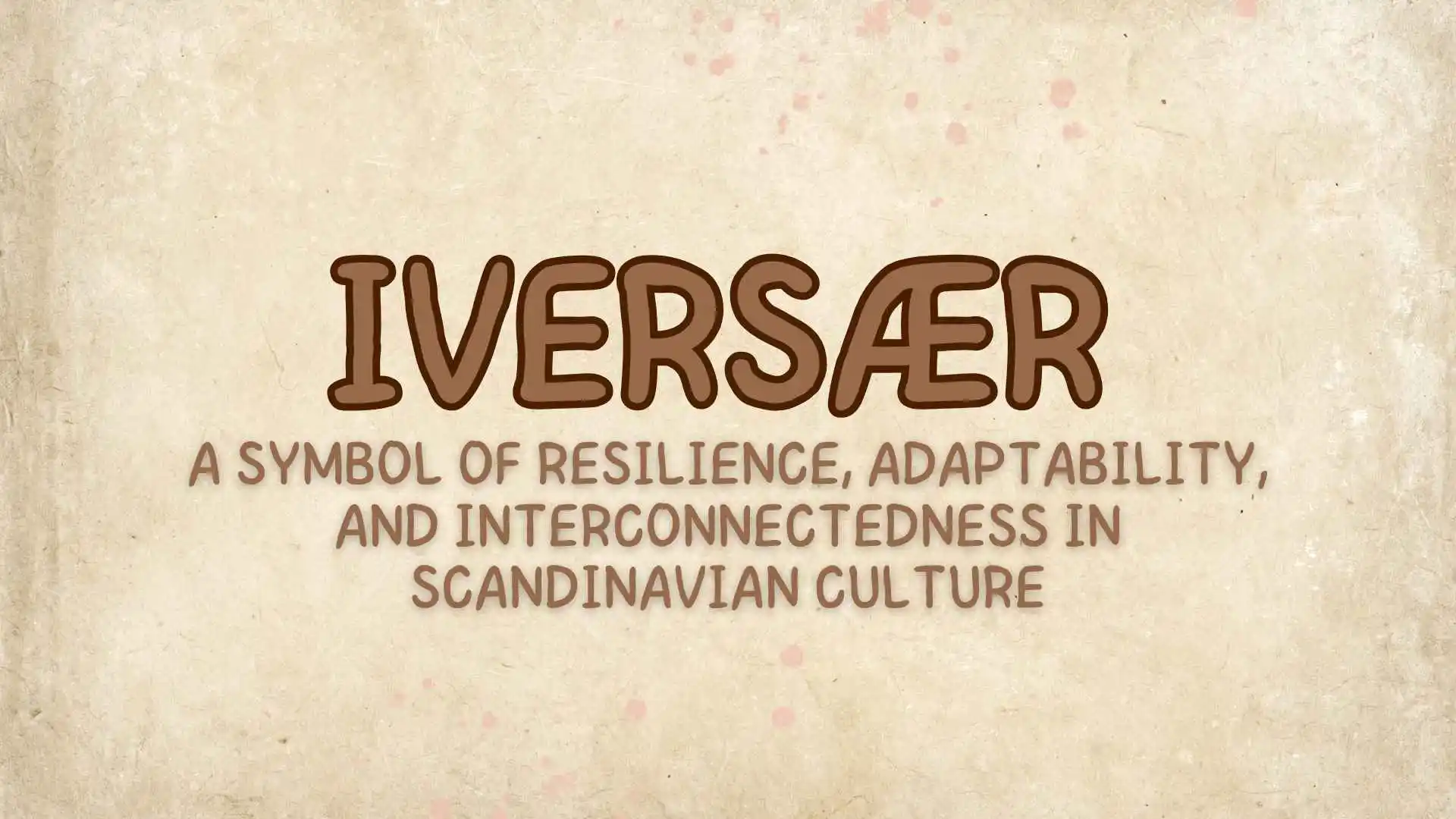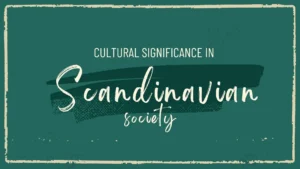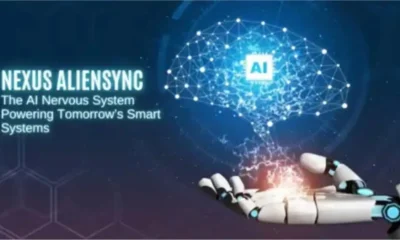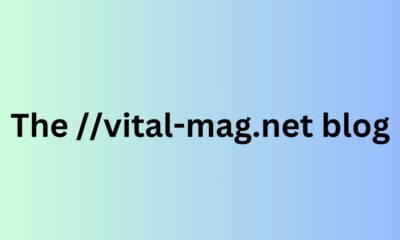GENERAL
Iversær: A Symbol of Resilience, Adaptability, and Interconnectedness in Scandinavian Culture

Iversær as a work drawn from Norse mythology and Scandinavian culture shows such extensive meaning of staying strong, sustaining, versatile and interrelatedness. Although this notion has changed with time, the culture of celebrating ceremonies and festivals and most of the art and craft around it has emerged over centuries. To some extent, Iversær components also function as a tool to enhance and affirm the general community’s collective values and goals. Studying its background provides awareness not only the fundamental characteristics of Scandinavian society but also its sustainment today and its imprint to popular culture. Given the above framework and drawing from the historical-analytical approach, the following sections expose the strength and resilience associated with Iversær to entail the following article’s exploration of the historical background, symbolism, and current implications of Iversær.
Historical Context of Iversær
The origins of Iversær trace back to Norse mythology, where resilience and interconnectedness were central to survival in a harsh environment. The term likely emerged from ancient narratives emphasizing mutual reliance and adaptability. Over time, Iversær transcended mythology to become a guiding principle in Scandinavian communities. These early societies relied on collective strength, shaping Iversær as a symbol of perseverance against adversity. Its evolution reflects the adaptability of Scandinavian culture, which has continually redefined itself while holding onto core values of unity and resilience. This historical foundation makes Iversær a unique cultural cornerstone.
Symbolism in Norse Mythology
Key Myths Associated with Iversær
- Yggdrasil, the World Tree, symbolizing interconnectedness across realms.
- Stories of Thor and Odin demonstrating adaptability in overcoming challenges.
- Loki’s role highlighting the balance between chaos and unity.
Themes of Resilience in Mythology
- Tales of Ragnarok depicting survival and rebirth.
- Emphasis on enduring hardships to achieve glory in Valhalla.
Interconnectedness in Mythological Narratives
- Bonds between gods, humans, and nature.
- The cyclical nature of Norse cosmology reinforcing mutual dependence.
Cultural Significance in Scandinavian Society
Iversær’s influence extends beyond mythology into the fabric of Scandinavian life. Historically, resilience was vital for communities facing harsh winters and scarce resources. The concept reinforced values of collaboration and collective well-being. It found expression in festivals, where rituals celebrated unity and the changing seasons. Events like Midsummer’s Eve embody the spirit of it, fostering social bonds through shared traditions. Moreover, Iversær’s themes are evident in Scandinavian art and literature, where motifs of interconnectedness and adaptability permeate works ranging from Viking sagas to modern designs, showcasing the enduring relevance of this cultural touchstone.

Modern Interpretations of Iversær
Today, it continues to shape Scandinavian identity and influence global perspectives. Its principles of resilience and community have been integrated into contemporary practices, such as team-building exercises and urban design emphasizing sustainability. Iversær’s unifying force is especially evident during crises, where Scandinavian countries’ cooperative responses reflect its core values. Additionally, globalization has spread Scandinavian ideals, with Iversær resonating in contexts emphasizing collaboration and adaptability. Modern adaptations of Iversær highlight its versatility as a guiding principle, inspiring innovations while remaining rooted in tradition.
Comparative Cultural Insights
While Iversær is unique to Scandinavian culture, its themes find parallels in other traditions worldwide. For example:
- Japanese Culture: The concept of “Kintsugi” highlights resilience by embracing imperfections.
- Indigenous Beliefs: Many Native American cultures emphasize interconnectedness with nature.
- Stoicism: Ancient Greek philosophy promotes endurance and adaptability.

These comparisons underscore the universal relevance of Iversær, offering a lens to explore shared human values. They reveal how societies worldwide rely on similar principles to foster unity and navigate challenges.
Iversær as a Unifying Force
The principles of Iversær have tangible applications in fostering unity within and beyond Scandinavian communities. It strengthens social ties by promoting collective problem-solving and mutual support. For instance, during global crises such as climate change, Iversær’s emphasis on interconnectedness inspires collaborative solutions. Additionally, it serves as a metaphor for ecological sustainability, illustrating the intricate balance between humanity and nature. By championing unity and adaptability, it offers a framework for addressing contemporary challenges while nurturing community resilience.
Challenges and Misinterpretations
Despite its significance,it faces challenges in maintaining cultural authenticity. Modern reinterpretations risk oversimplifying its meaning, reducing it to a mere symbol. Additionally, globalization can dilute its cultural specificity, leading to misrepresentations in popular media. Scholars emphasize the importance of preserving Iversær’s nuanced history to prevent these issues. Efforts to maintain traditional values while embracing modernity are crucial for ensuring its legacy remains intact. This balance allows Iversær to inspire future generations without losing its cultural essence.
Future of Iversær
The future of it lies in its ability to adapt to a rapidly changing world while preserving its cultural essence. As global challenges like climate change and societal fragmentation grow, the principles of resilience, adaptability, and interconnectedness that define Iversær will become increasingly relevant. It will inspire innovations in sustainability, social cohesion, and cultural preservation. By bridging traditional values with modern applications, it can guide communities toward a harmonious balance between progress and tradition. Its universal themes hold the potential to influence not only Scandinavian societies but also global efforts to foster unity and overcome adversity.
Conclusion
It embodies the spirit of resilience, adaptability, and interconnectedness, serving as a cornerstone of Scandinavian culture. Its historical roots in Norse mythology and enduring presence in modern life highlight its profound impact on shaping collective identity. As a unifying force, Iversær continues to inspire communities to navigate challenges with strength and unity. By embracing its principles, individuals and societies can foster resilience and interconnectedness, creating a harmonious and sustainable future. The legacy of Iversær underscores the timeless value of unity and adaptability in building enduring cultures.
-

 BIOGRAPHY7 months ago
BIOGRAPHY7 months agoBehind the Scenes with Sandra Orlow: An Exclusive Interview
-

 HOME1 year ago
HOME1 year agoDiscovering Insights: A Deep Dive into the //vital-mag.net blog
-

 HOME1 year ago
HOME1 year agoSifangds in Action: Real-Life Applications and Success Stories
-

 BIOGRAPHY1 year ago
BIOGRAPHY1 year agoThe Woman Behind the Comedian: Meet Andrew Santino Wife




























